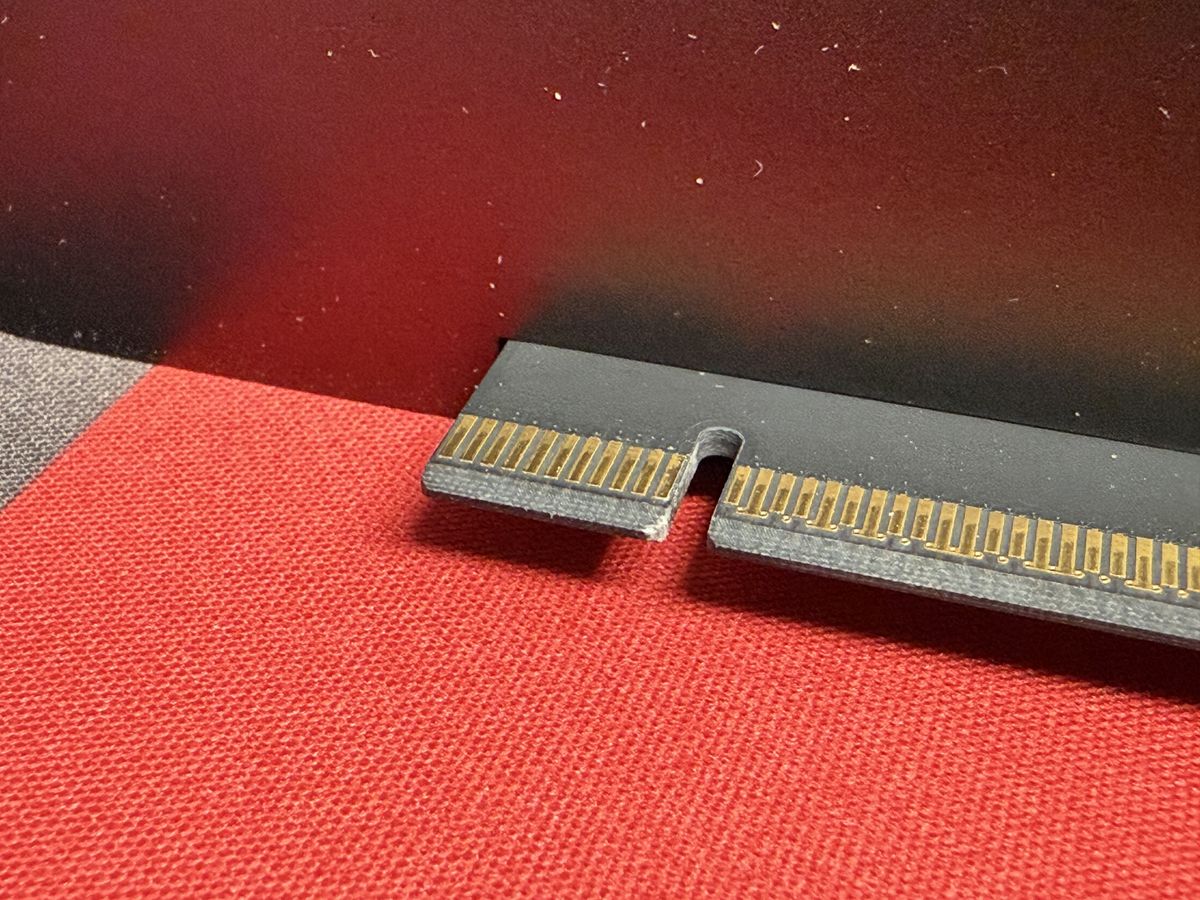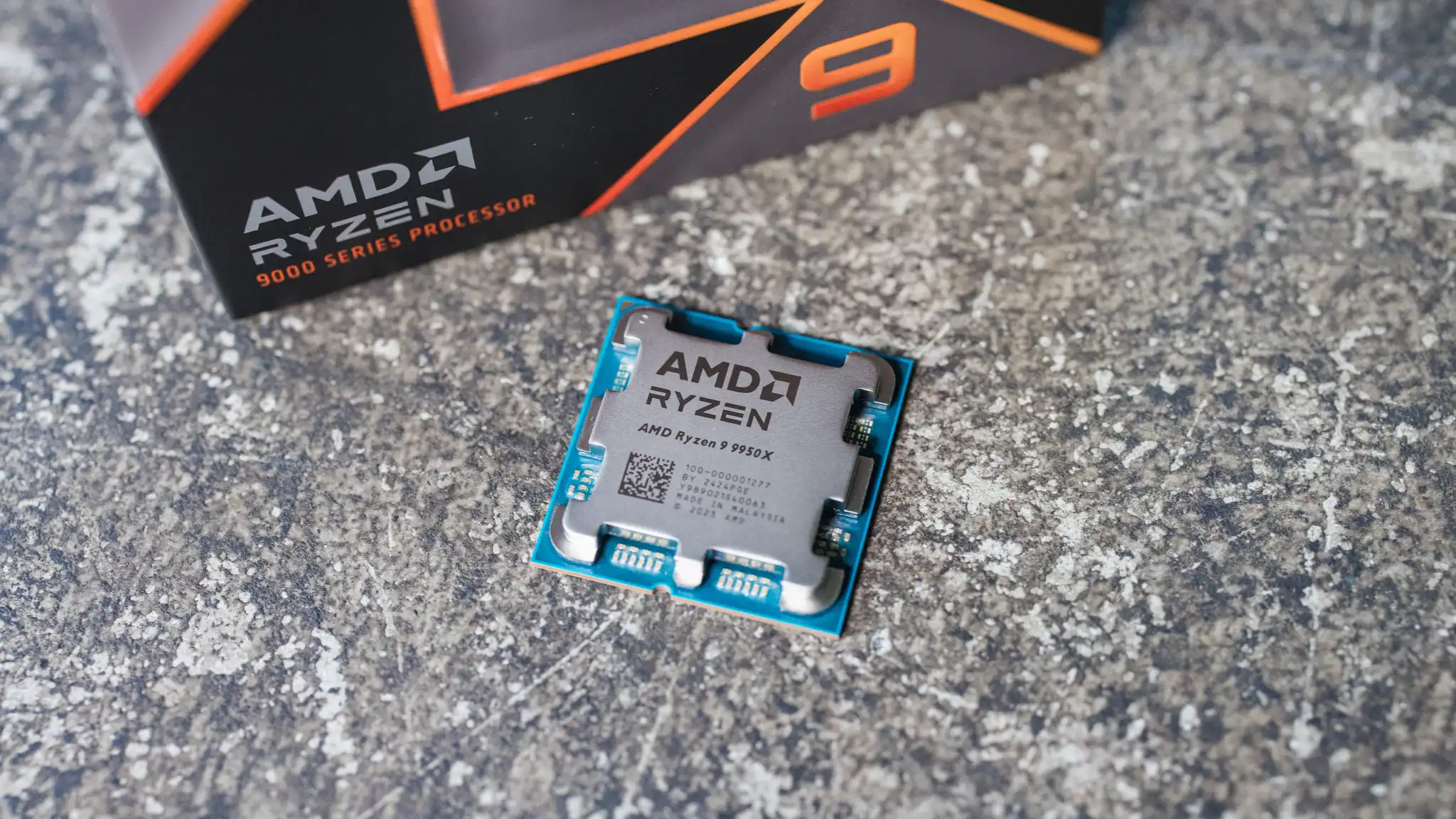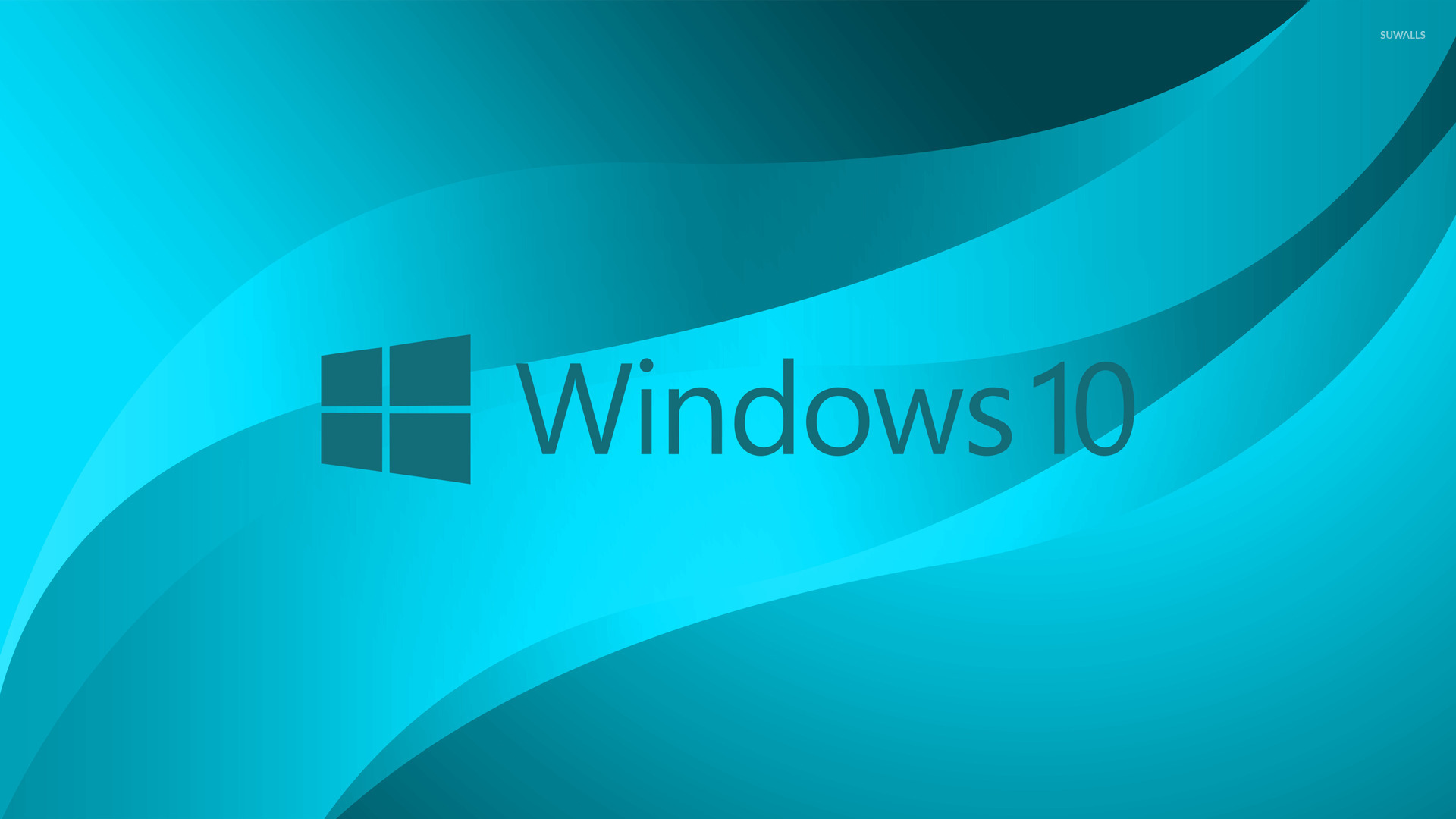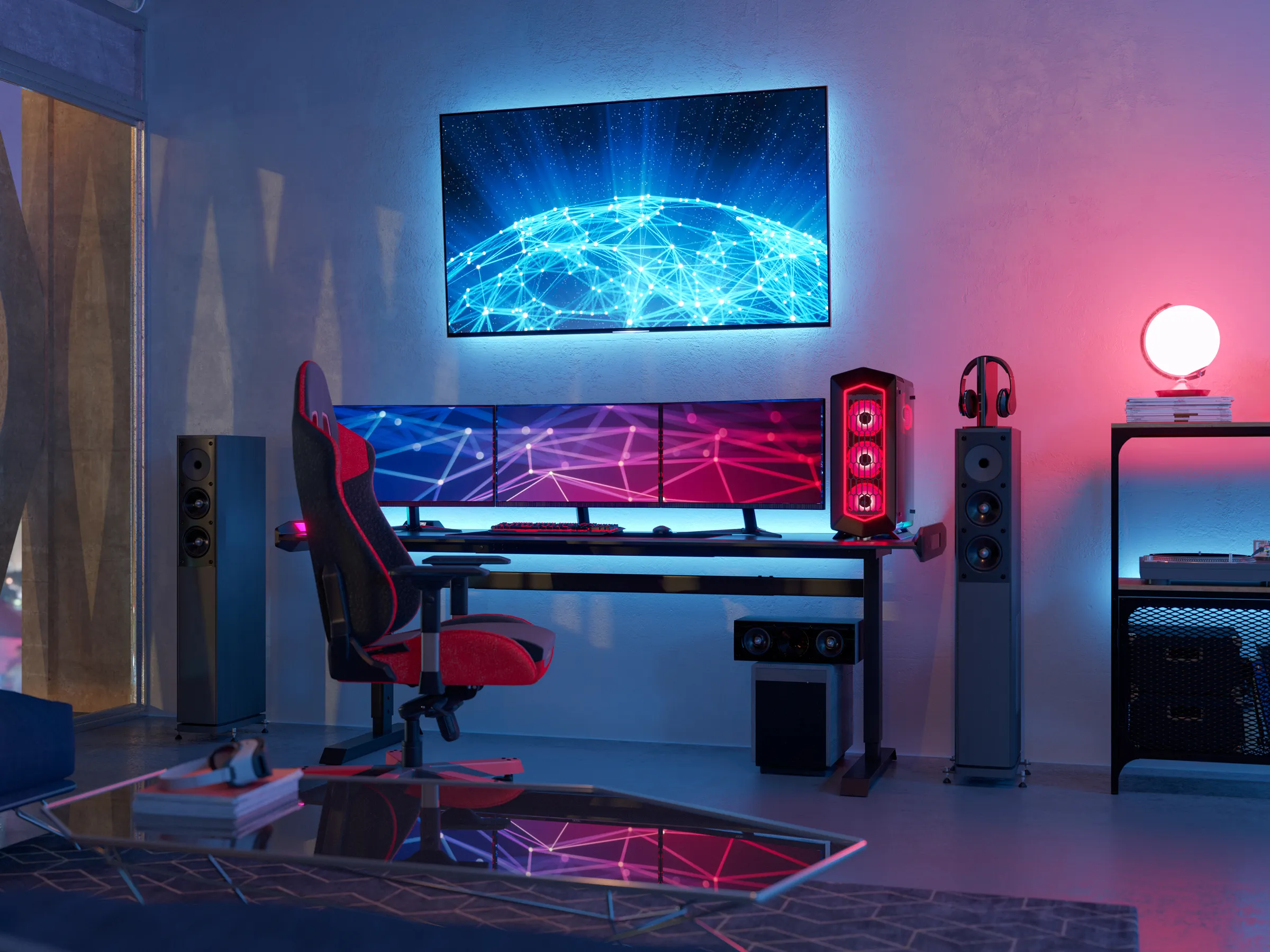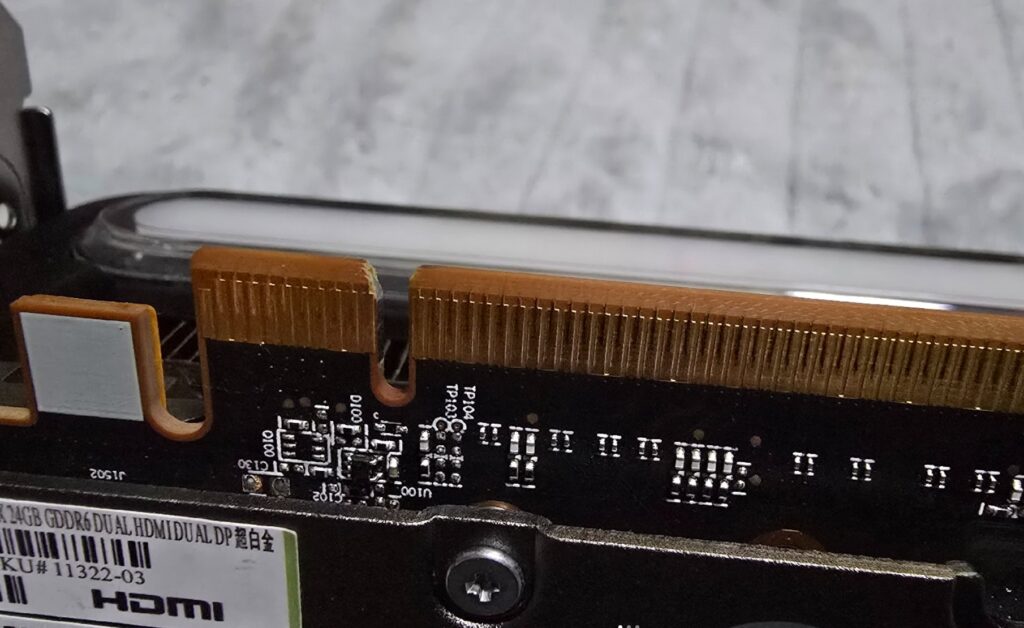
Asus Q-Release System Faces Scrutiny Over Potential GPU Damage
Installing and removing today’s massive graphics cards is no small task, and Asus sought to simplify the process with its Q-Release system on its 800-series motherboards. However, reports are emerging that the updated Q-Release Slim mechanism, designed for high-end 2024 motherboards, might cause physical damage to GPUs during repeated use.
According to Andreas Schilling of HardwareLuxx, the Q-Release Slim on an Asus ROG Strix X870E-E motherboard damaged an NVIDIA RTX 5090 card after multiple insertions and removals during testing. Schilling shared an image of the affected GPU’s connector on BlueSky, revealing a visible chip in the PCB. While the damage appears to be cosmetic, any undue stress on the connector could potentially lead to more significant issues over time, particularly given the slim margin of PCB around the affected area.
Unlike the original Q-Release introduced in 2021, which relocated the PCIe release tab to an accessible spot, the Q-Release Slim grips the GPU connector directly and requires specific pressure to release the card. Users attempting to remove the card from other angles might inadvertently struggle or cause damage. Testers, including Schilling, noted that the system is “finicky” in practice, occasionally sticking and making GPU removal more challenging than intended.
While Schilling’s case involved extensive testing—removing and reinserting GPUs “a few dozen times”—other reports have surfaced of similar issues. For instance, a Bilibili user reported visible damage on a Q-Release Slim retention peg after 60 actuations. Such usage is far beyond what a typical PC builder would encounter, as most users rarely remove their GPU once installed. Still, these reports raise concerns for enthusiasts and professionals who frequently swap hardware.
Asus has yet to respond officially, but users are advised to exercise caution when using Q-Release Slim-equipped motherboards, especially with expensive GPUs. Any potential damage could complicate the RMA process, as GPU and motherboard manufacturers might deflect responsibility onto one another—a frustrating prospect for affected users.

